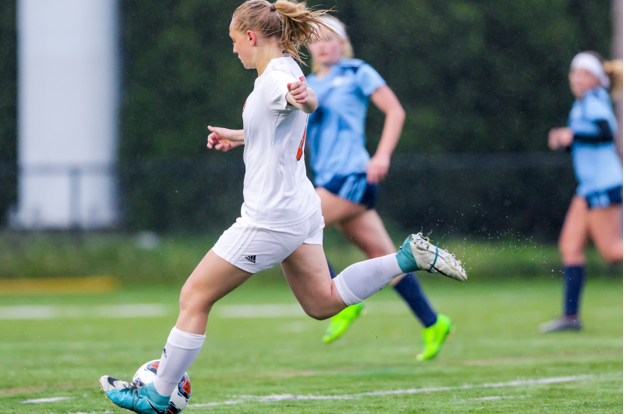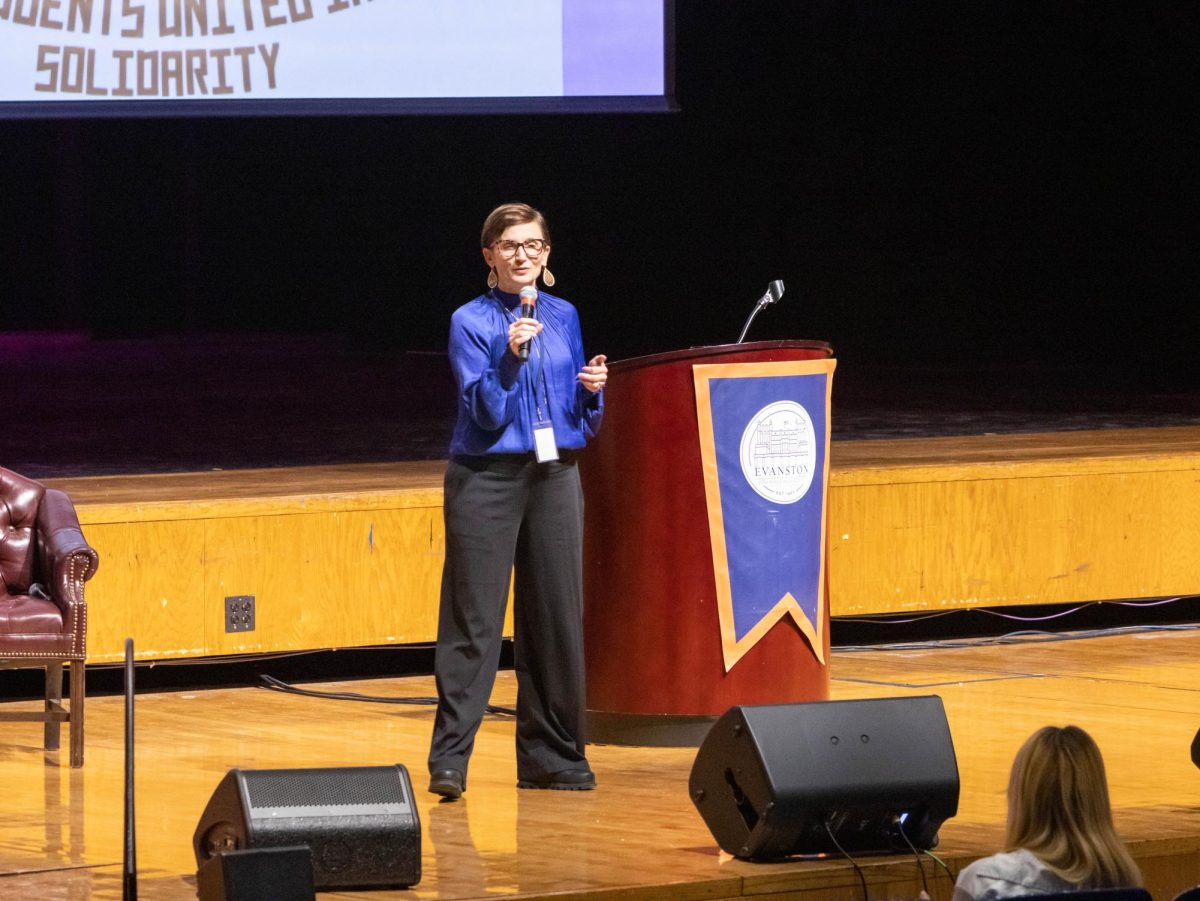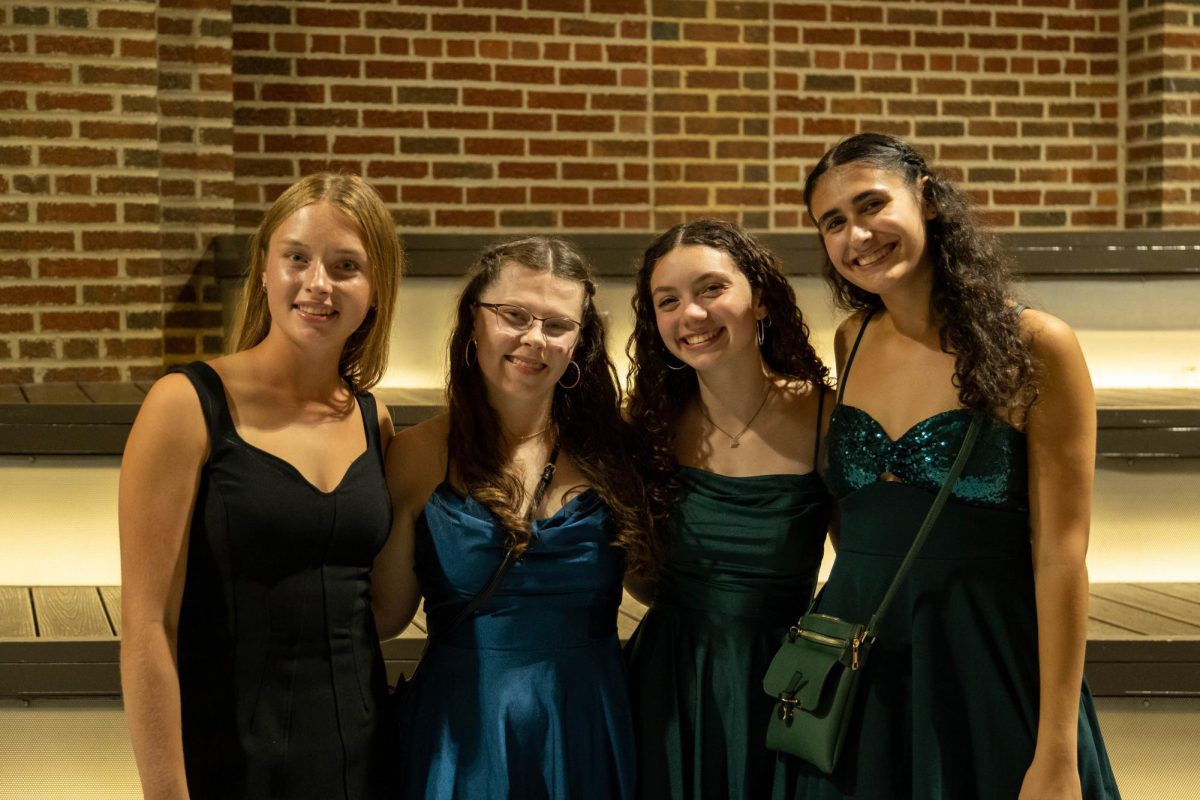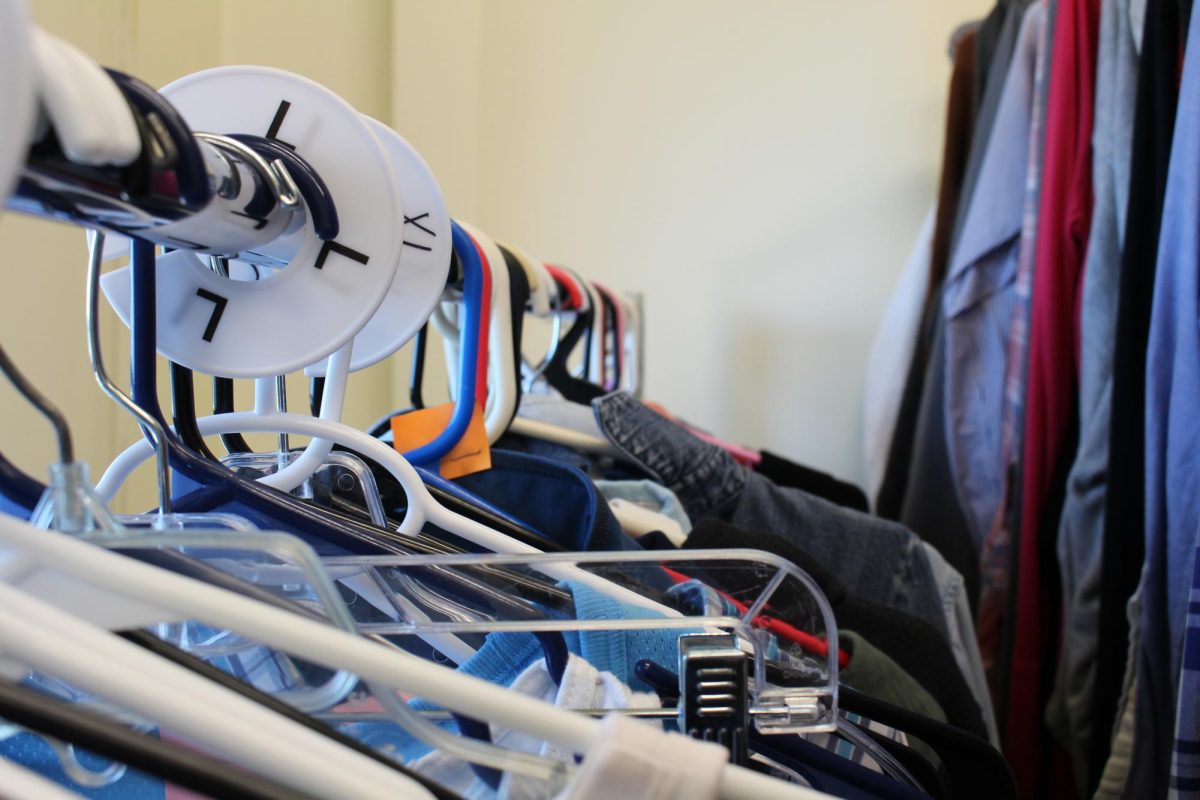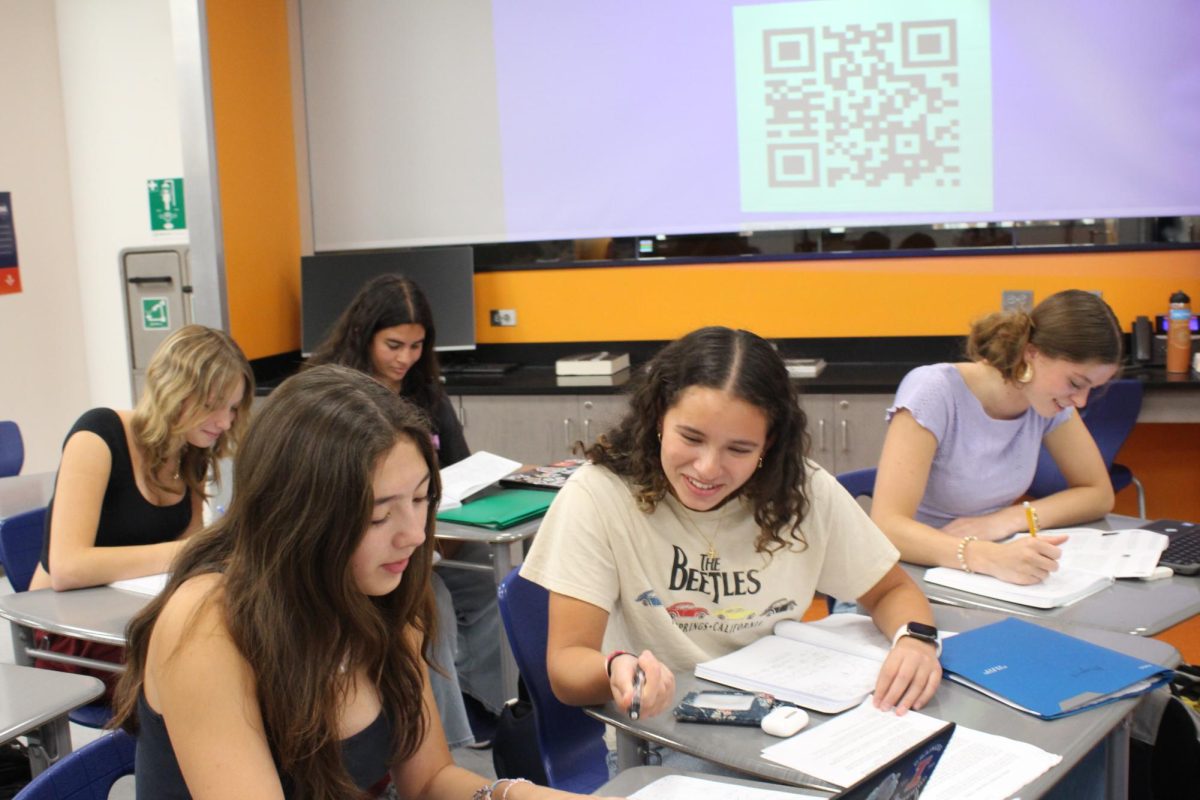Freshmen “play up” at varsity level
July 18, 2018
In 2018, 26 freshmen were rostered as varsity athletes. Through hard work and dedication, these freshmen were able to achieve memorable accomplishments during their seasons. From “The Shot” to conference championships and more, freshmen athletes have contributed to their teams’ accomplishments, despite their age. But how did they get there? And what was it like to be “the freshie?”
According to the National Federation of State High School Associations, talent matters most when choosing a varsity roster. But varsity basketball guard and freshman, Elijah Bull, disagrees.
“For any predicament, whether it’s basketball or life outside of basketball, the work you put in determines your success,” he said. “That goes for freshman all the way up to upperclassmen, but for me the main difference was the little experience I had compared to the upperclassman. I had to work a little harder to make sure I was varsity ready.”
Bull played varsity his freshman year which he anticipated, but he refused to let the immediate promotion go to his head. His 5’7”, 150 lbs stature didn’t stop him from relieving then junior, Jaheim Holden, of foul trouble in a sectional win. His clutch three-pointer made Loyola’s comeback impossible.
Head varsity basketball coach Mike Ellis chose a solid four freshmen to join the varsity squad for the 2017-2018 season. Bull, Isaiah “Itchy” Holden, Blake Peters and Jaylin Gibson contributed to the team’s road to Peoria. Ellis attributes the players’ participation in AAU and travel basketball to their capacity to compete at the varsity level.
“Typically, once in a while, you’ll get special players that are capable of competing against older students,” Ellis said. “A lot of that has been the growth of AAU and travel basketball. These are students coming into the high school know that if they’re skilled enough, sometimes they’ll play up.”
“Playing up” and playing outside of high school teams are not uncommon among competitive athletes. In fact, Ellis encouraged the latter.
“If you want to get to the next level after high school, you should definitely participate in travel basketball, club basketball, AAU basketball,” Ellis said.
Freshman Ruby Rogers, also a varsity athlete, credits her growth to her participation in club soccer. She plays for Chicago Fire North Shore Juniors in the offseason, a club team located Evanston. The team values family, gratitude, excellence, passion, discipline, integrity and, most importantly, competitiveness which played a role is Rogers’s intense development.
“The season before the spring season, I was on a higher level for my club,” she said. “I skipped a level so I think that 100% that prepared me because I was already with older kids.”
She plays soccer year round but this commitment comes with a price. Her team costs about $2,300 for a year for tournaments, games and practices. TIME’s 2017 assessment of the costs of kids’ sports shows soccer equipment costs on average $1,500, which is an investment, but some athletes claim it is worth it to make a varsity team and possibly play in college.
Bull also plays AAU basketball for Young & Reckless. According to Bull, his team encourages its players to aspire to be recruited into division I baskteball in college.
Despite being a varsity athlete at the school, Bull said, “Never being satisfied helps me as a person and player to maintain my humble state of mind.”
By the end of their seasons, Bull and Rogers had memories – team trips and sectional wins – that they will never forget. They will use their own first-year experiences on varsity to support the incoming freshmen group. As a sophomore, Rogers says she is aiming to make sure the freshmen are comfortable. Bull’s aspiration is winning.
“While keeping a positive attitude, and bringing love to the community everyday,” said Bull, “we can achieve the goal of winning a state championship.”


